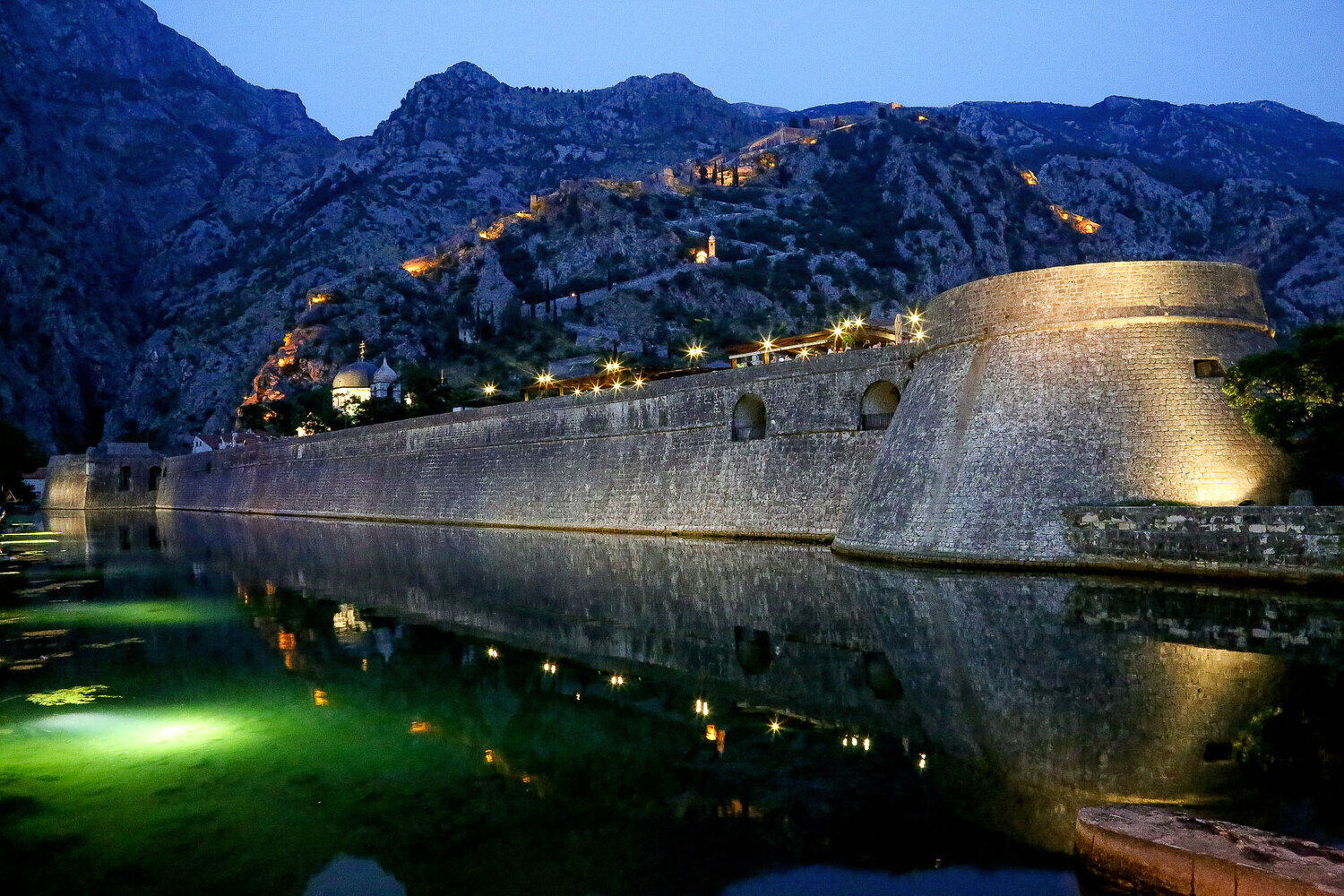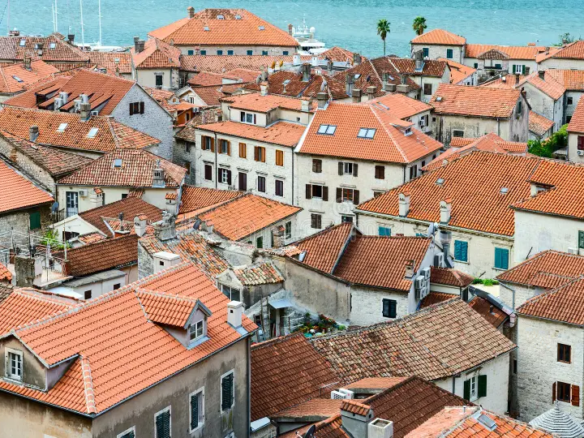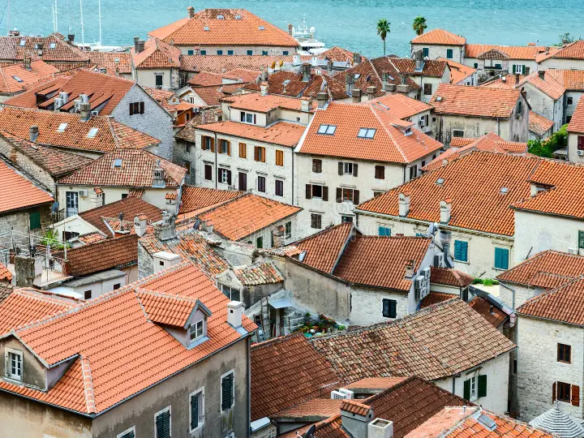Montenegro’s Journey to Independence: A Historical Overview: Montenegro, a small but significant Balkan nation, has a rich and tumultuous history. Situated at the crossroads of Eastern and Western civilizations, Montenegro has witnessed numerous conflicts and shifts in power over the centuries.
This article provides a detailed account of Montenegro’s history until its independence, focusing on key wars and the controlling powers that influenced its trajectory. The aim is to present an unbiased account of the historical events that shaped Montenegro’s development as a sovereign nation.
- Early History and Formation of Montenegro (9th – 14th Century):
The roots of Montenegro’s history can be traced back to the 9th century when Slavic tribes settled in the region. The state of Duklja, which encompassed present-day Montenegro, emerged in the 11th century as a medieval Slavic principality. By the 14th century, Duklja transformed into the Kingdom of Zeta, with a strong connection to the Serbian Orthodox Church and cultural ties to the Serbian realm. - Ottoman Conquest and Montenegrin Resistance (15th – 17th Century):
During the 15th century, the Ottoman Empire began its expansion into the Balkans, and Montenegro became a focal point of resistance against Ottoman rule. The House of Crnojević played a significant role in leading the struggle. However, in 1499, the Ottomans captured Zabljak, the capital of Montenegro, and the region was incorporated into the Ottoman Empire.
Despite the Ottoman occupation, Montenegro retained its identity and autonomy, thanks to the brave resistance efforts of the Montenegrins. Led by various clans and leaders, the Montenegrins continuously fought against Ottoman rule, waging a series of guerrilla wars for over four centuries.
- The Rise of Petrović-Njegoš and the Modernization of Montenegro (18th – 19th Century):
In the late 17th century, the Petrović-Njegoš family emerged as the dominant rulers of Montenegro. Bishop Petar I Petrović-Njegoš, who ascended to power in 1782, is especially renowned for his contributions to the modernization and unification of Montenegro.
Under the rule of the Petrović-Njegoš family, Montenegro expanded its territory through strategic alliances and military campaigns. The Montenegrins succeeded in pushing back Ottoman control and achieving a level of de facto independence, though formal recognition remained elusive.
- Napoleonic Wars and the Congress of Vienna (19th Century):
During the Napoleonic Wars, Montenegro aligned itself with Russia in the fight against the French and their allies, further strengthening its ties with the Eastern powers. The Congress of Vienna in 1815 recognized Montenegro as a sovereign principality under the suzerainty of the Ottoman Empire. This diplomatic victory marked a significant step towards the formal recognition of Montenegro’s autonomy. - Montenegro’s Recognition as an Independent Principality (19th Century):
In 1852, Montenegro officially gained international recognition as an independent principality with the signing of the Treaty of Paris. The recognition was a testament to the resilience and determination of the Montenegrin people in maintaining their independence despite the adversities they faced. - Balkan Wars and World War I (20th Century):
At the beginning of the 20th century, Montenegro found itself entangled in the geopolitics of the Balkans. It joined the Balkan League in 1912 and participated in the First Balkan War against the Ottoman Empire. Following the victory, the principality expanded its territory, but its gains were short-lived.
During World War I, Montenegro allied with the Entente Powers. However, the Central Powers invaded and occupied the country in 1916. After the war, Montenegro united with Serbia, Croatia, and Slovenia to form the Kingdom of Serbs, Croats, and Slovenes (later known as Yugoslavia).
- Montenegro within Yugoslavia (20th Century):
In the interwar period, Montenegro retained its historical and cultural identity within the Yugoslav state. It faced challenges, particularly during the era of the Yugoslav monarchy and later under Josip Broz Tito’s socialist regime. Montenegro became one of the six constituent republics of the Socialist Federal Republic of Yugoslavia. - Dissolution of Yugoslavia and Montenegrin Independence (1990s – 2006):
In the 1990s, Yugoslavia faced political and economic turmoil, which eventually led to its dissolution. Following a referendum in 2006, Montenegro declared independence from the state union with Serbia, becoming a fully sovereign nation.
The history of Montenegro is a compelling narrative of resistance, struggle, and determination. From the early battles against the Ottoman Empire to its eventual path to independence, Montenegro’s journey has been shaped by its people’s courage and resilience. Understanding this history is crucial in appreciating the nation’s identity and its place in the complex tapestry of Balkan history.




Join The Discussion